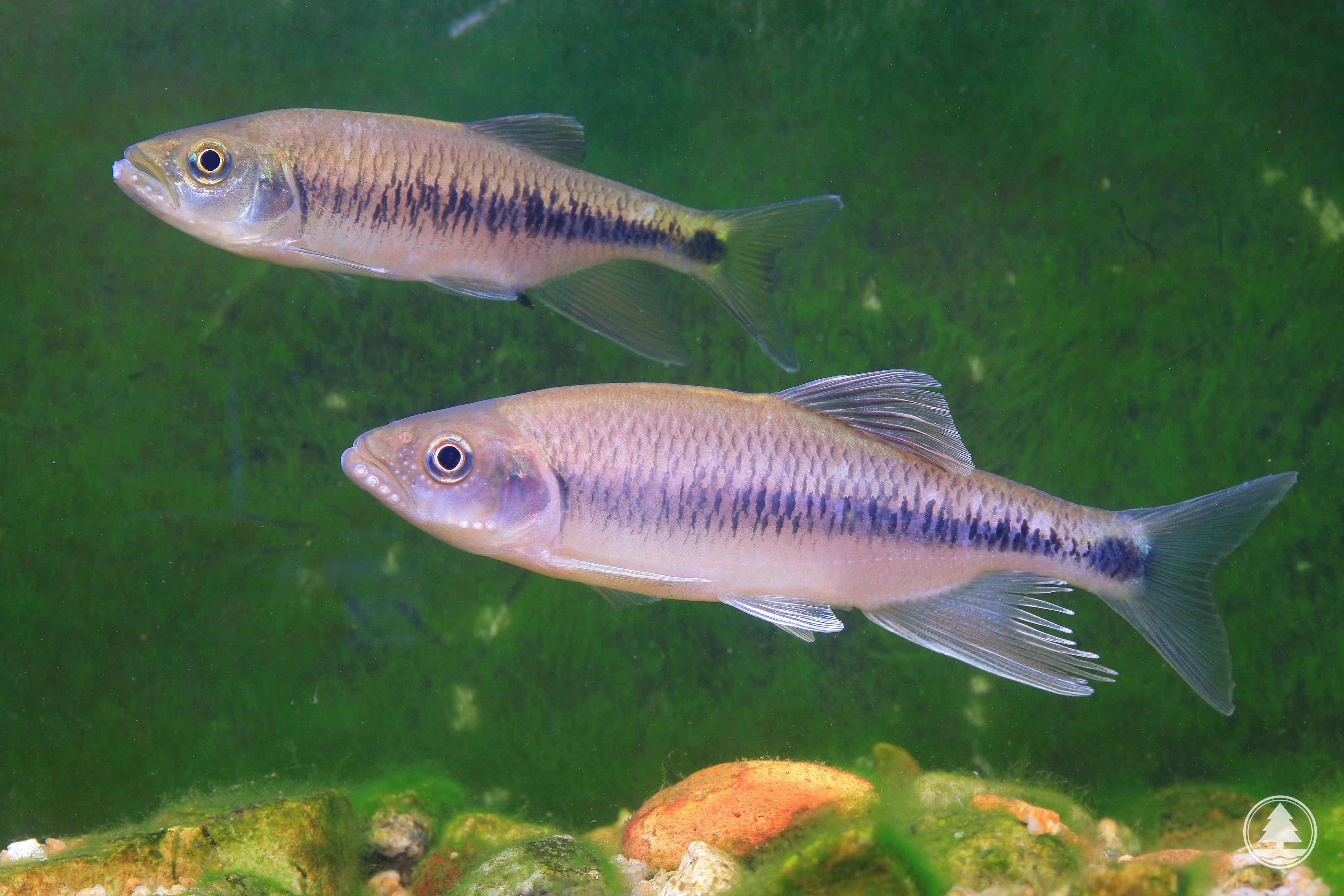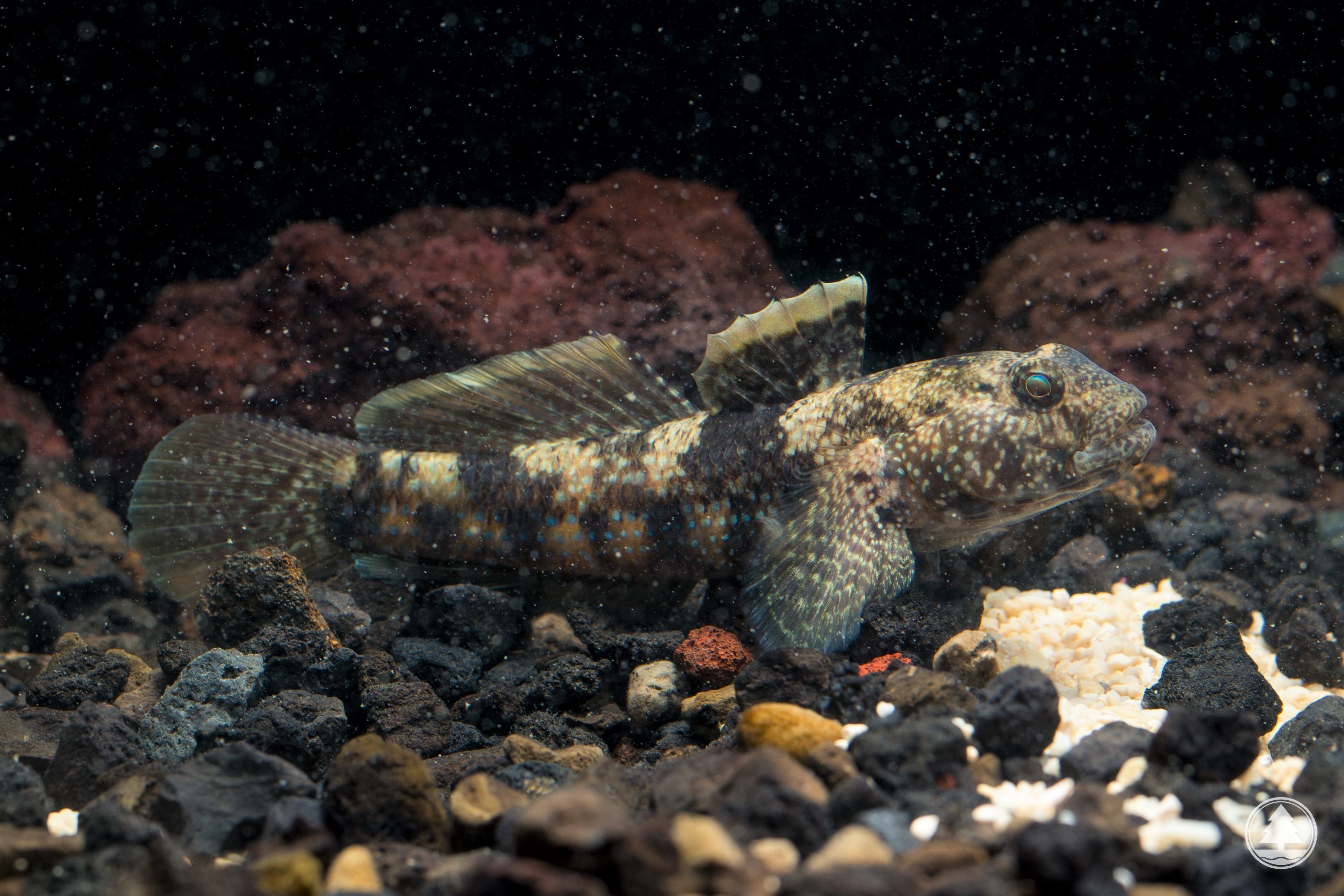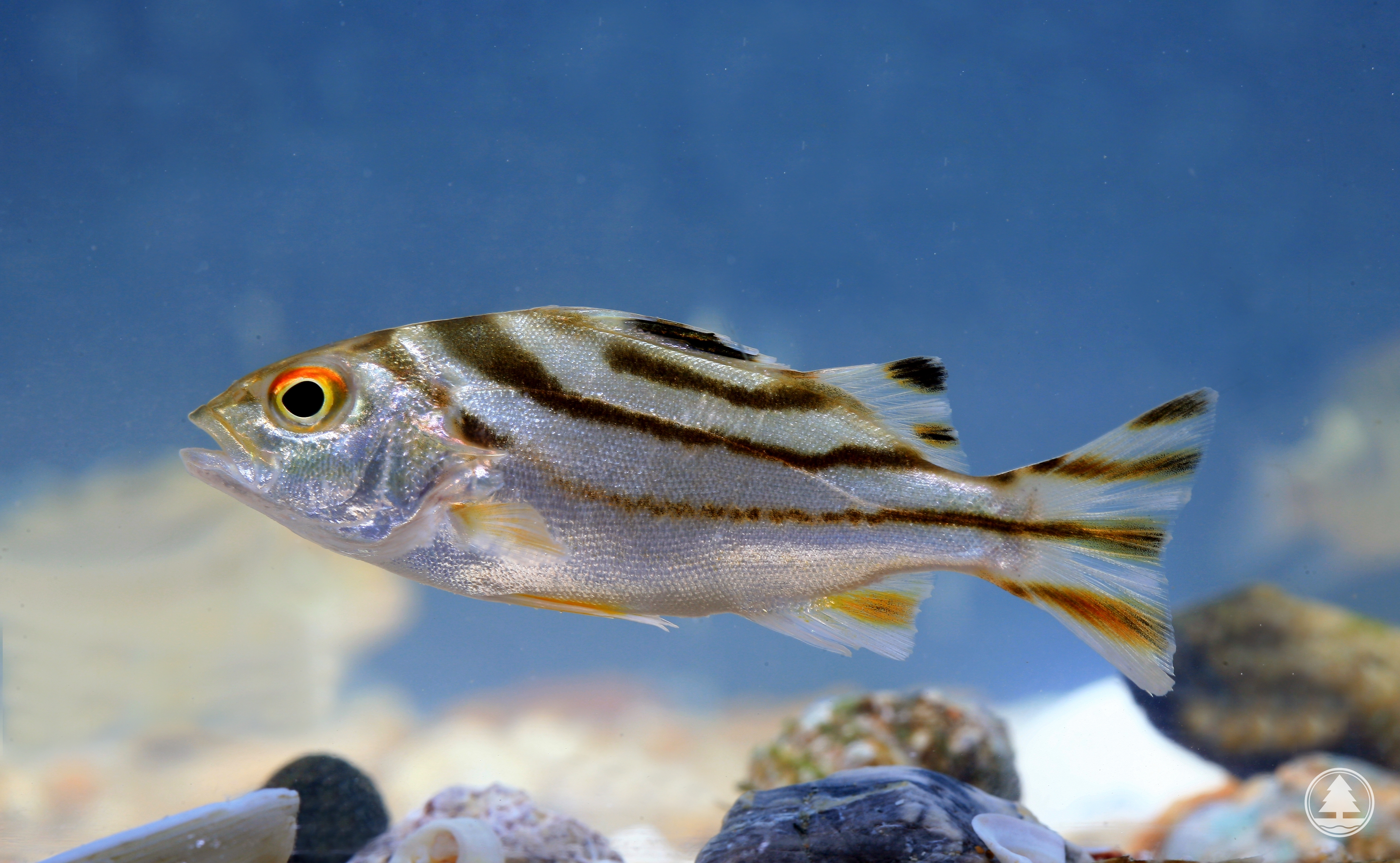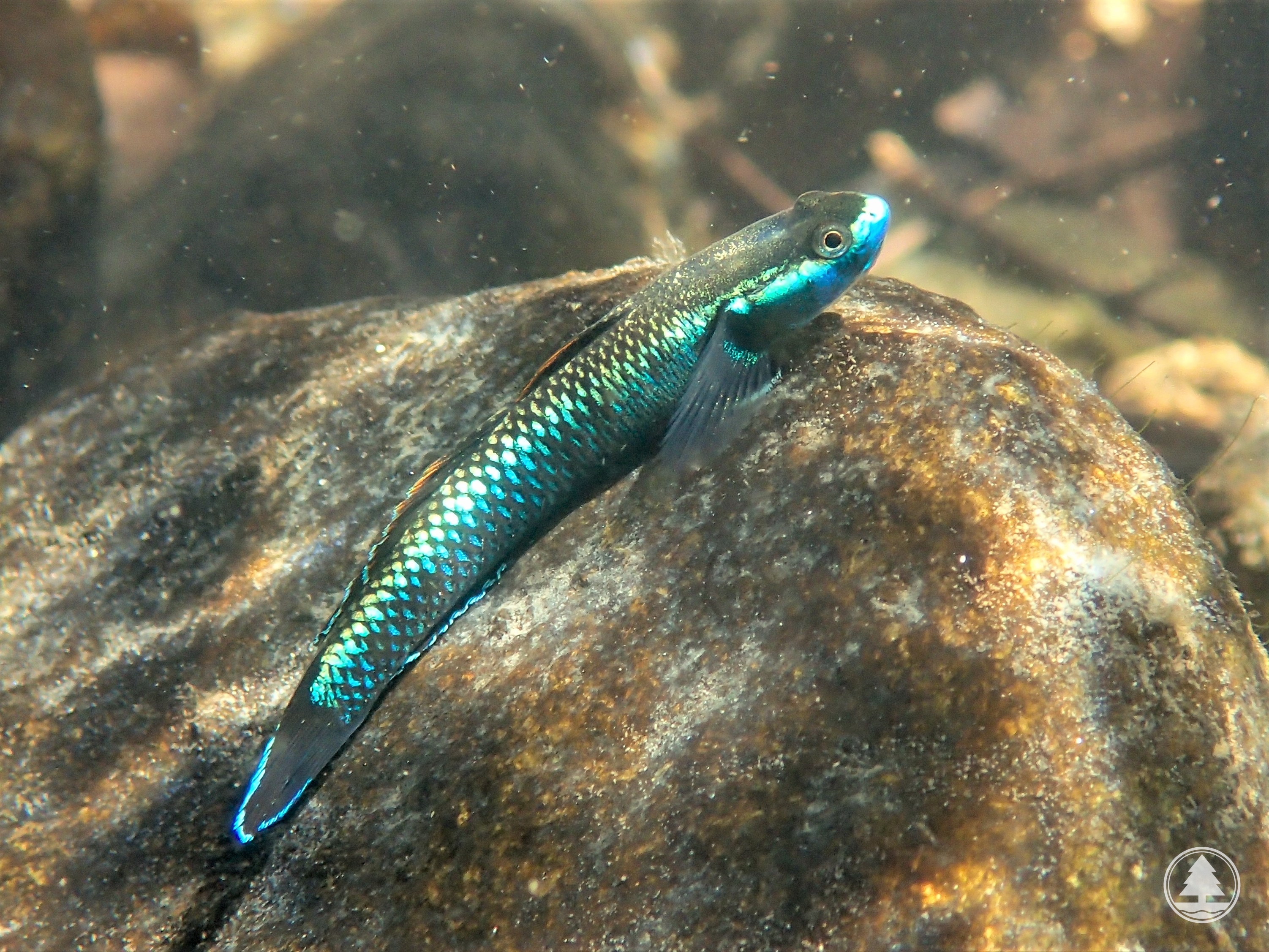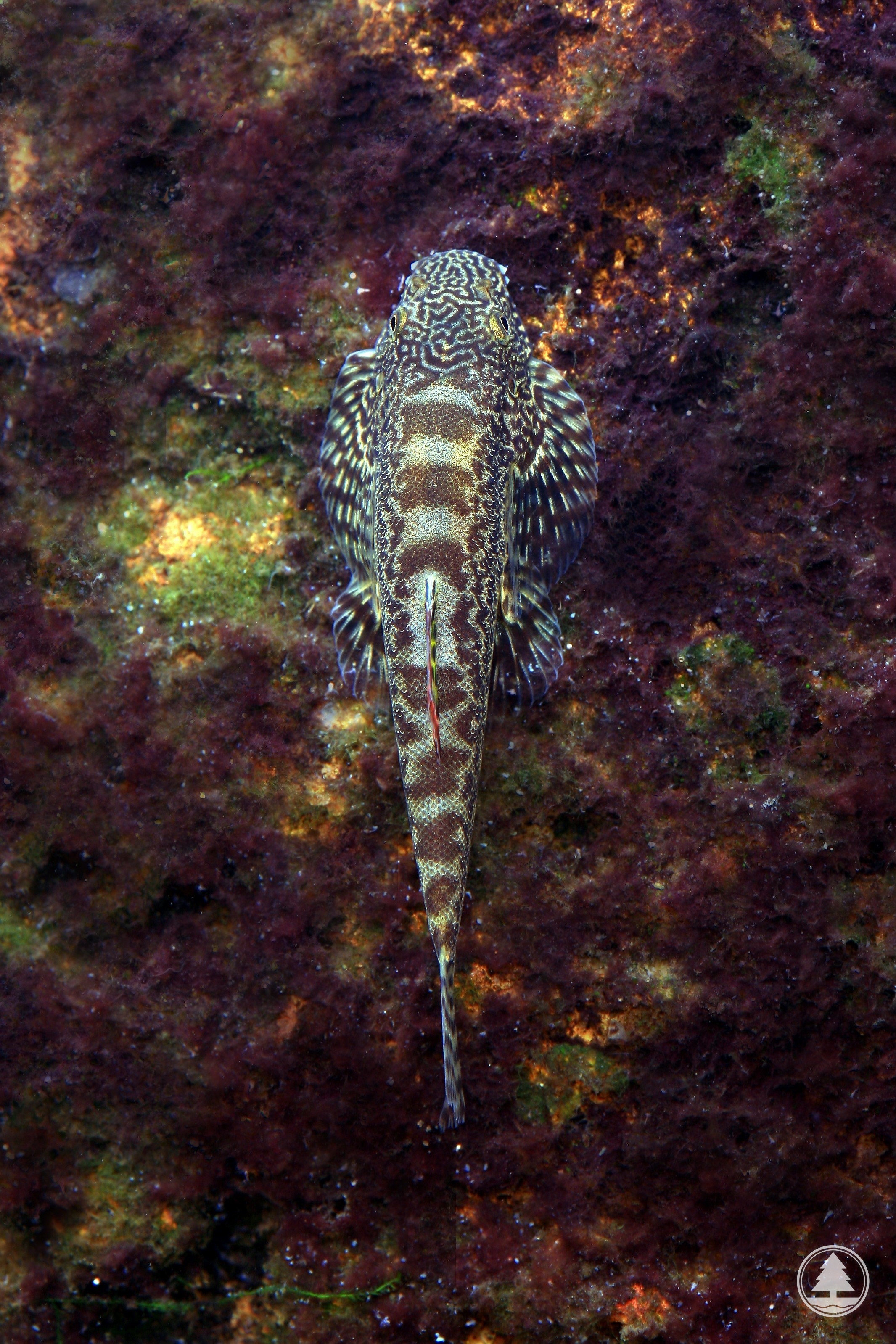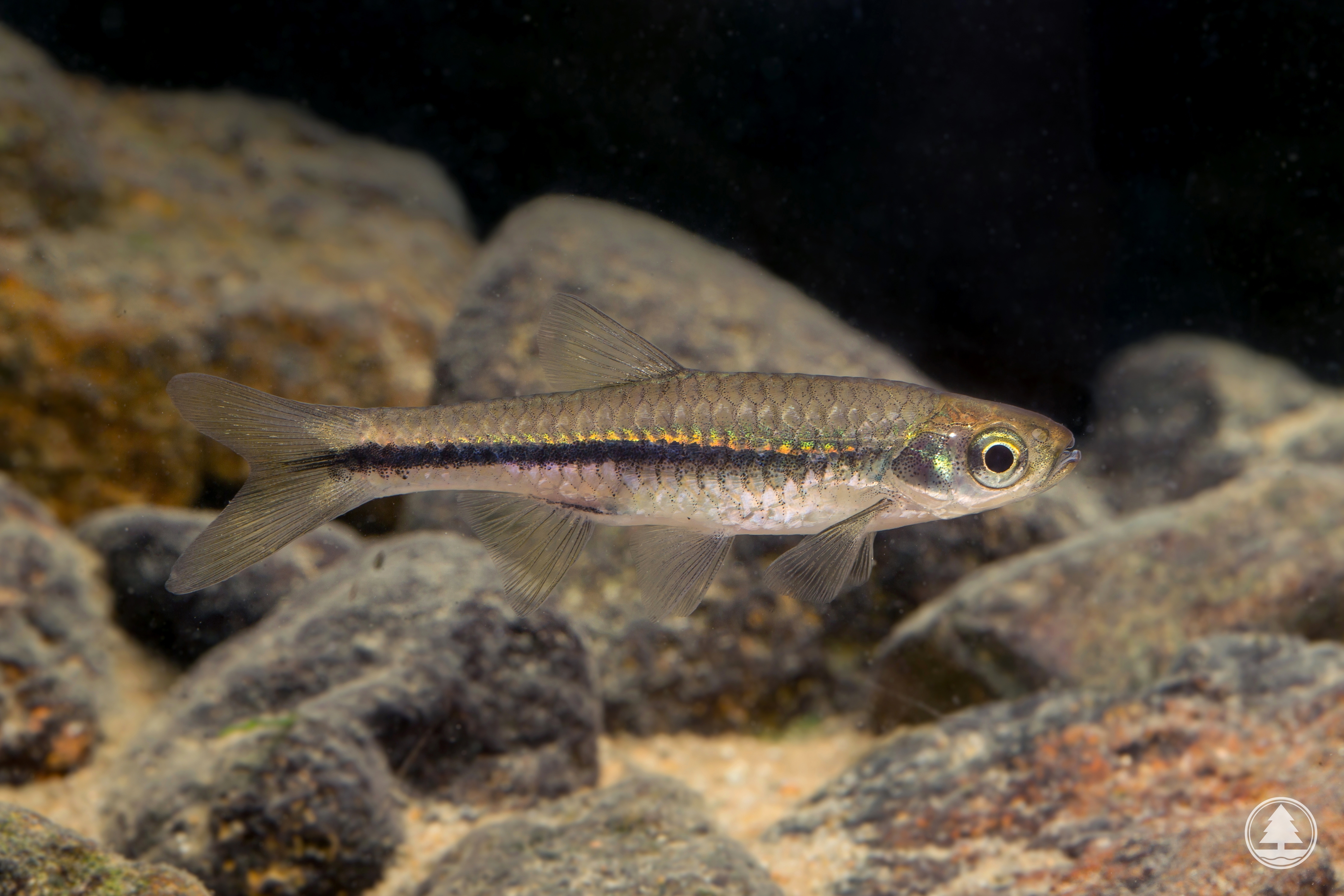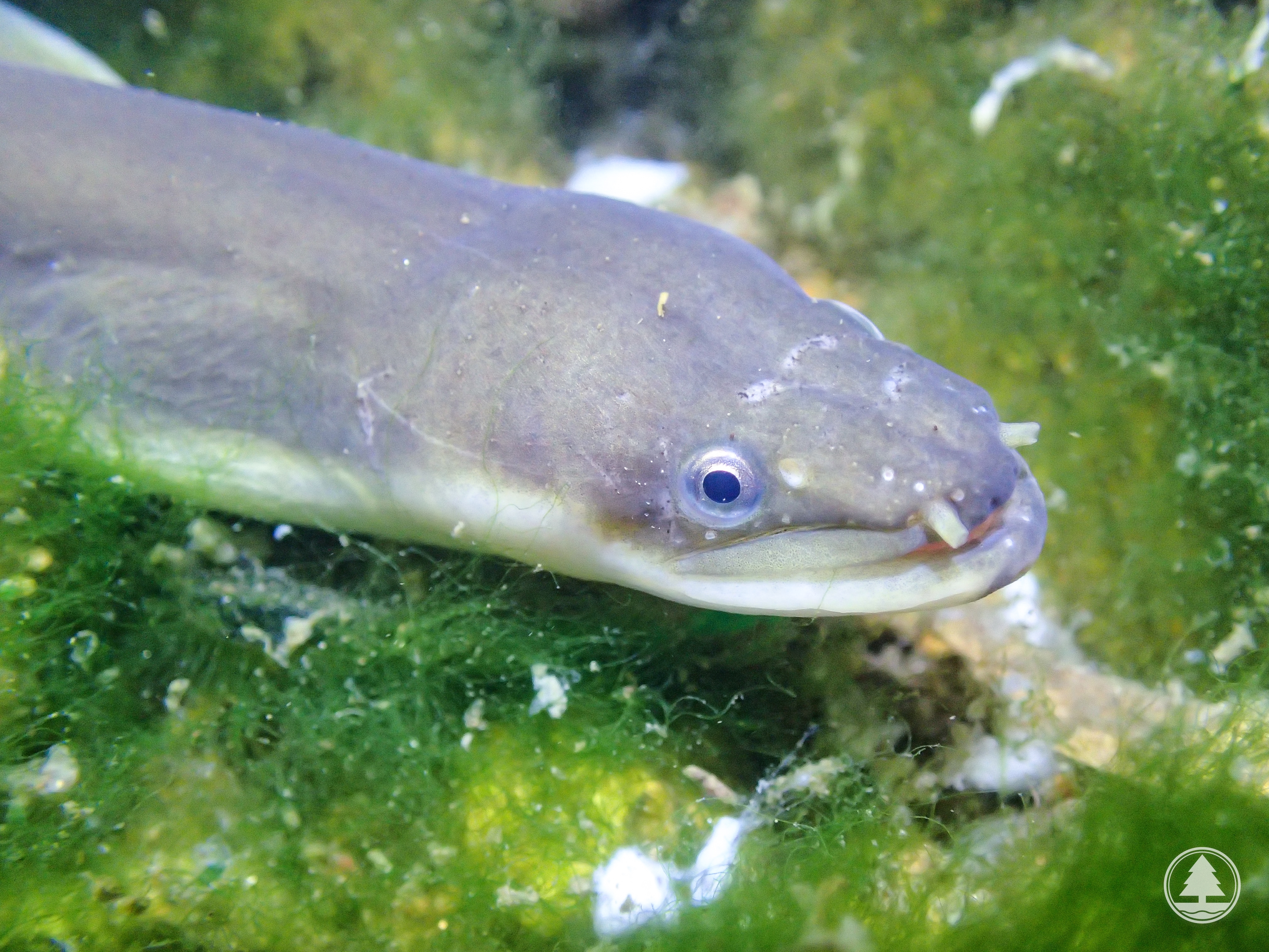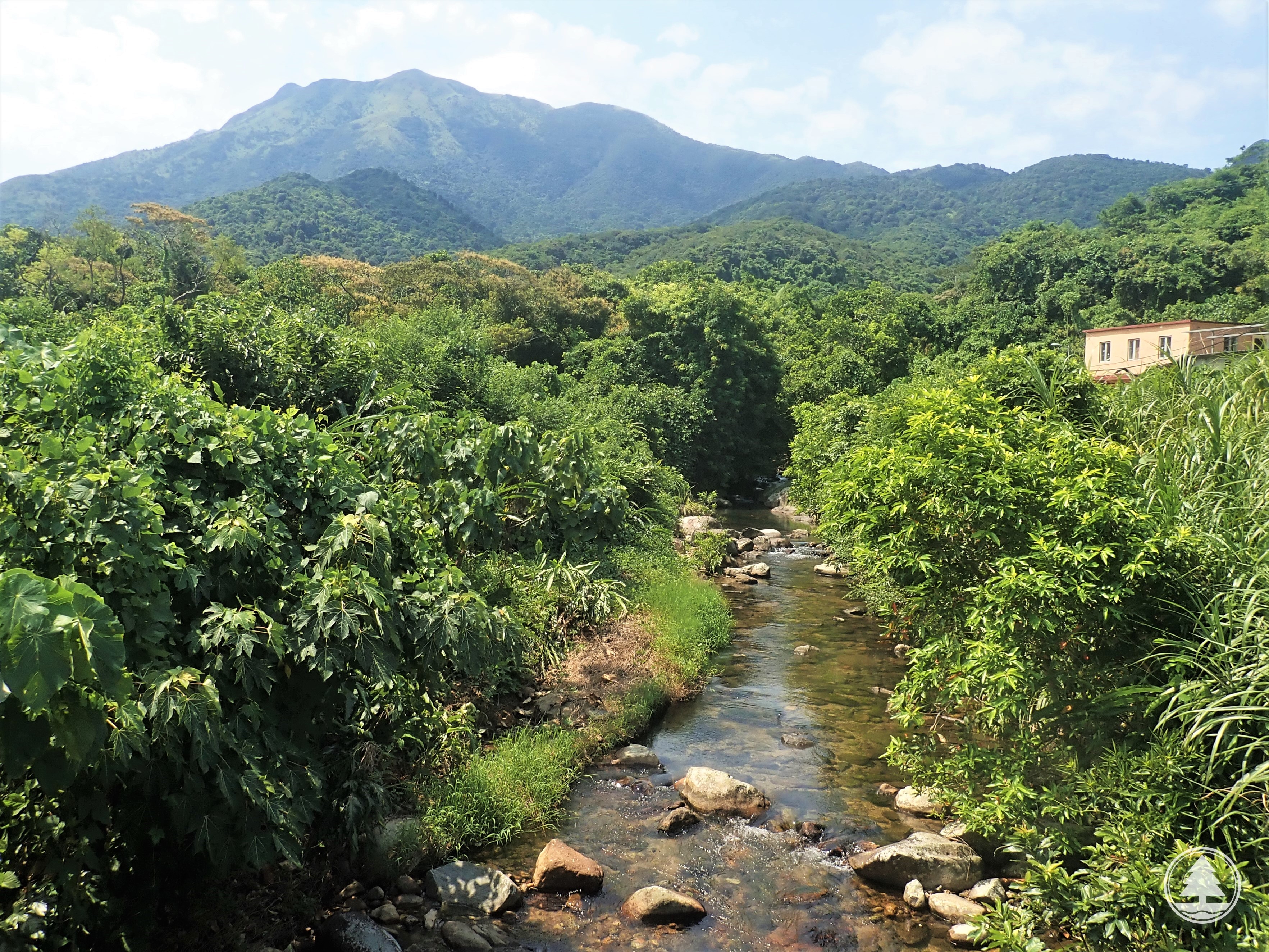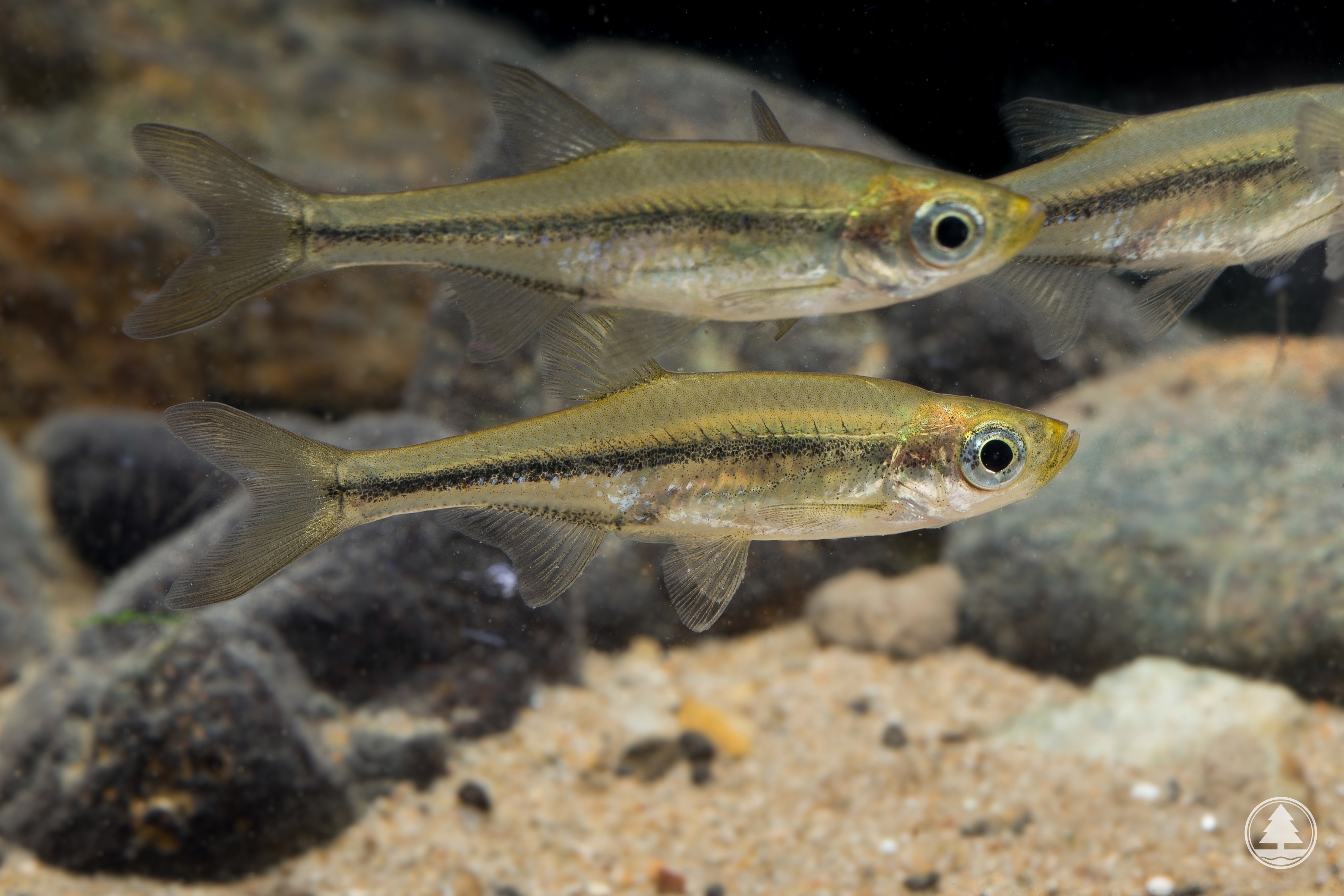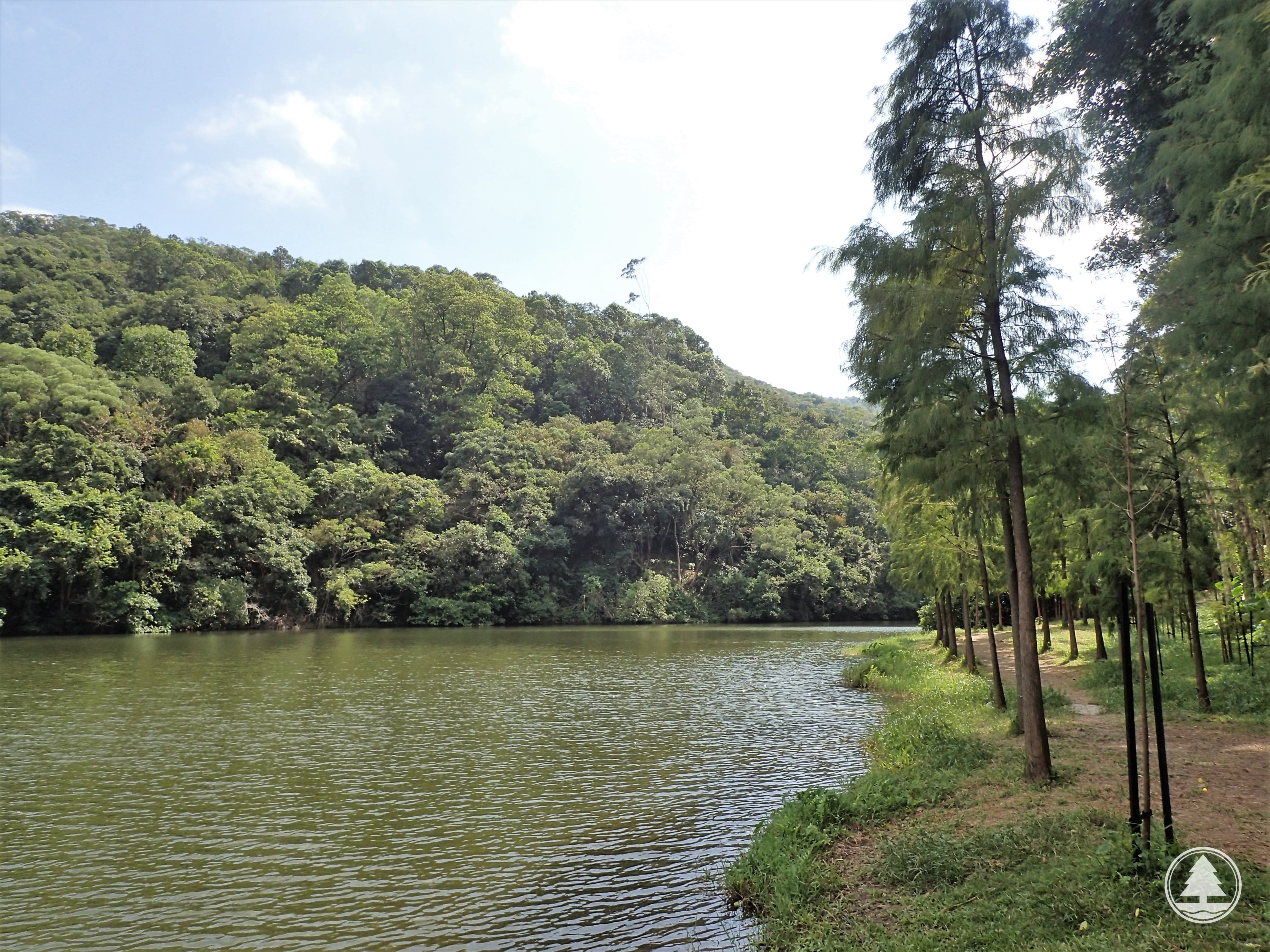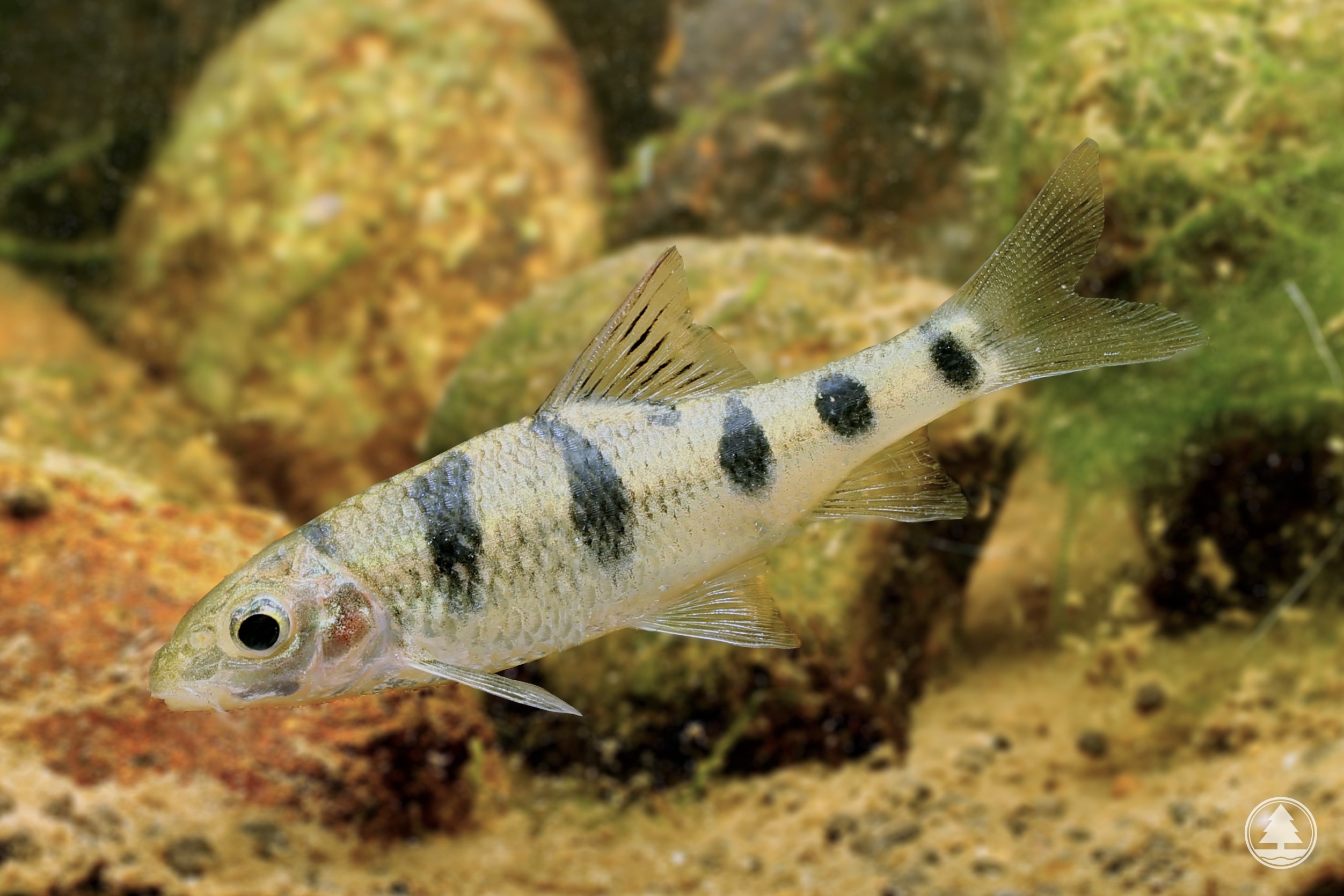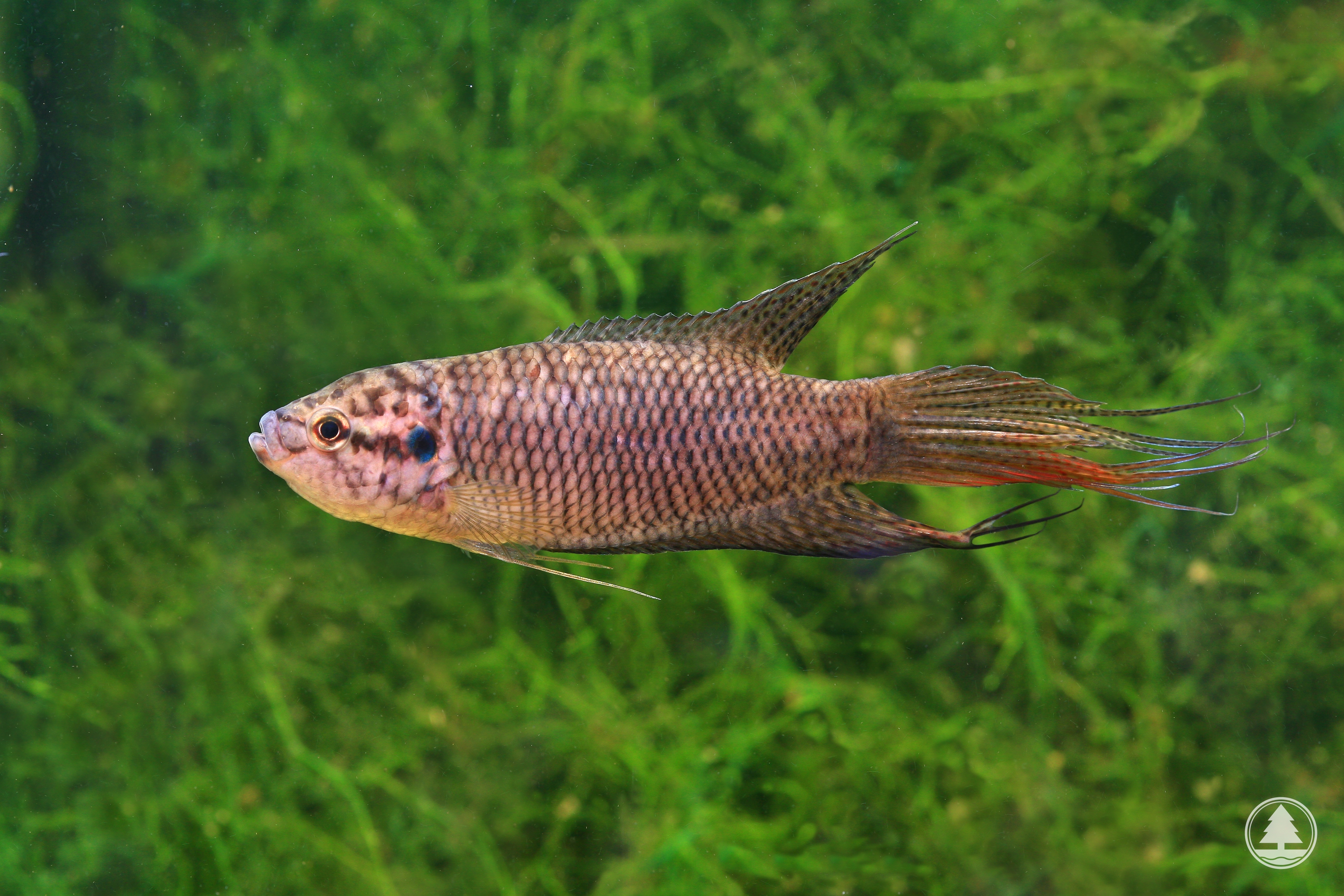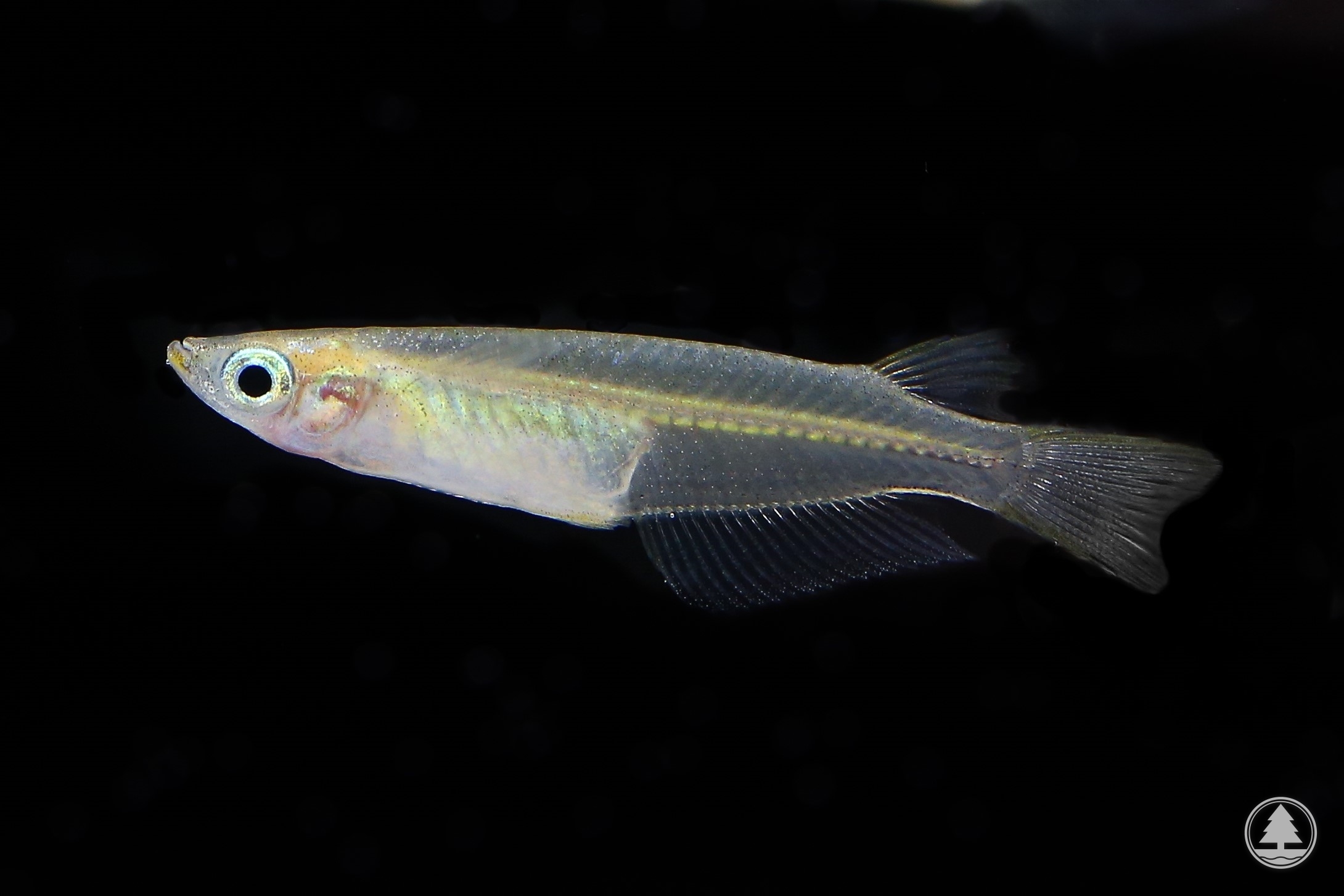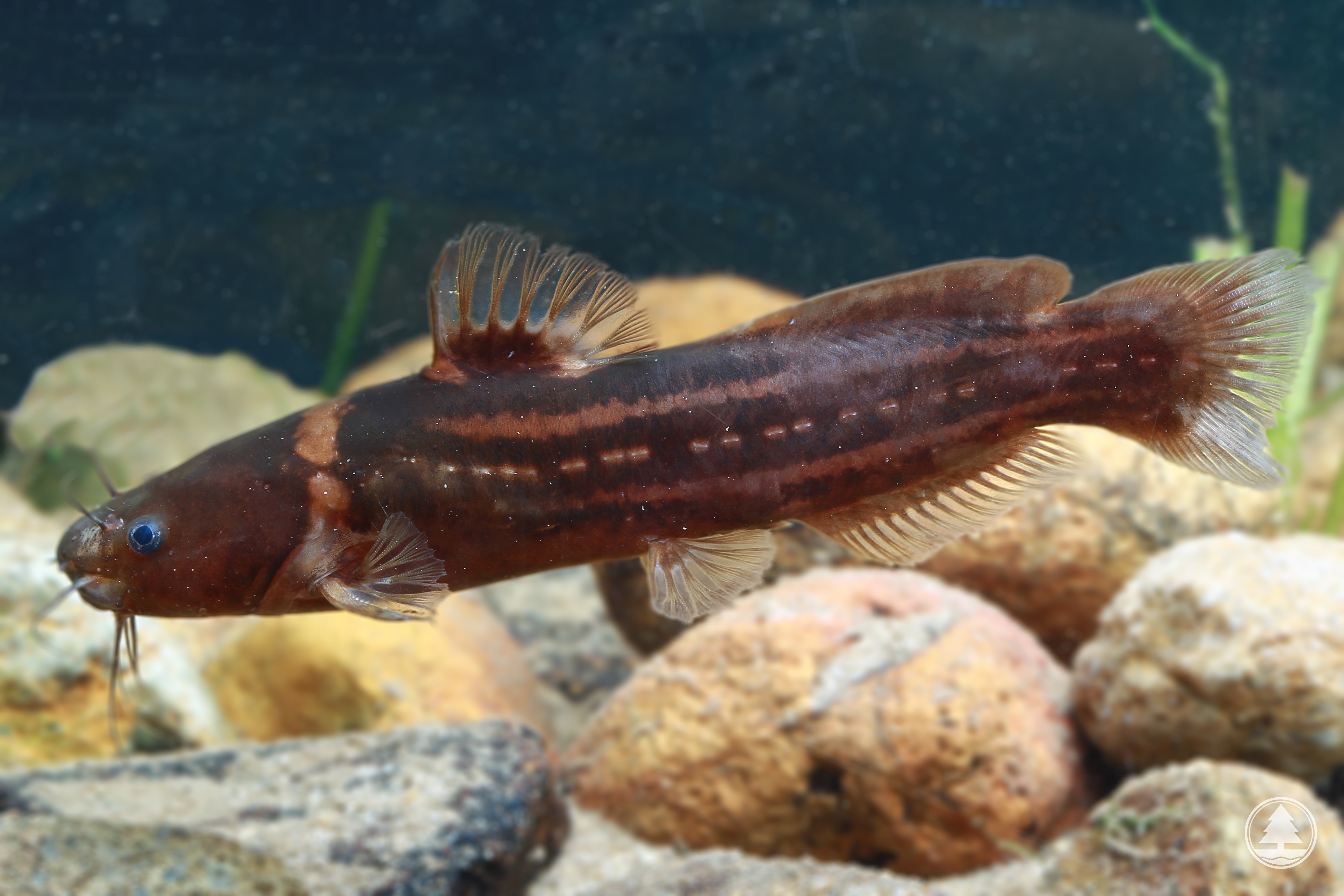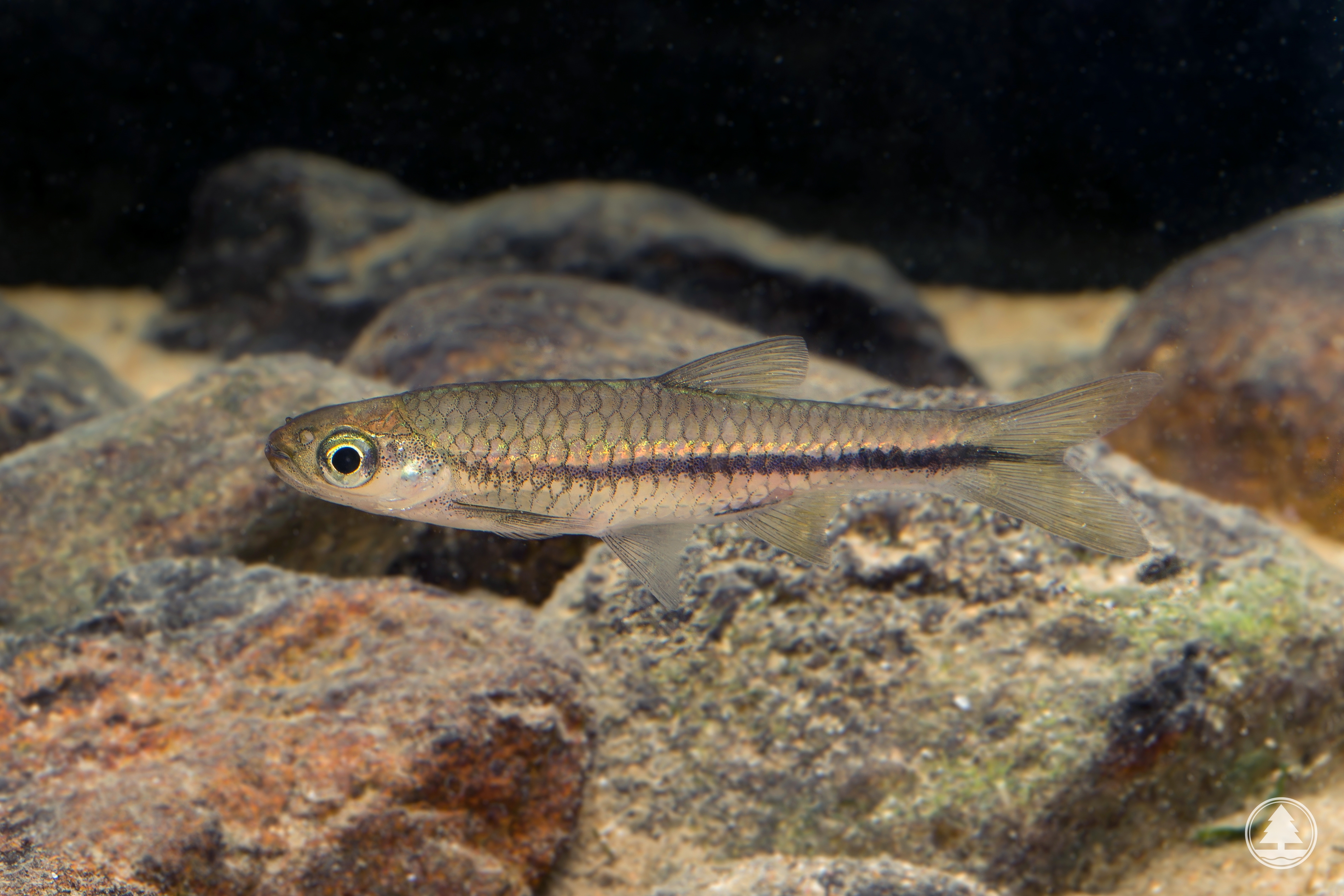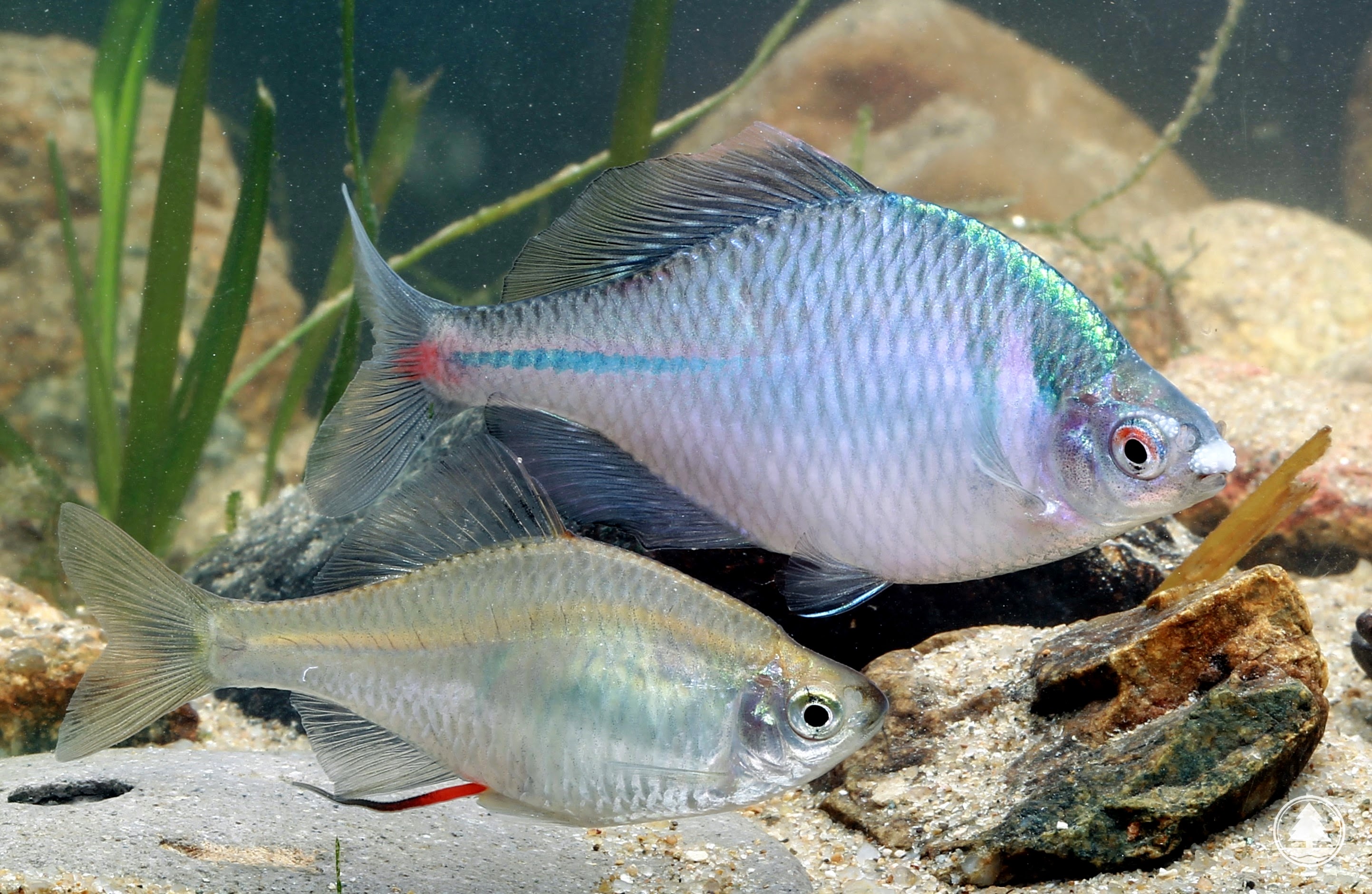Freshwater Fish
|
Freshwater Fish of Hong Kong Composition of Freshwater Fish in Hong Kong Major Freshwater Fish Habitats Key Species of Conservation Concern Tips and Codes of Observing Freshwater Fish IntroductionHong Kong is a small territory on the edge of the northern tropical zone. The local landscape is mostly dominated by steep hills and ravines, while the flat land is restricted to the low floodplains and coastal regions. In this hilly domain, there are hundreds of small rocky streams that flow through steep ravines. These hill streams are typically fast flowing at their upland sources, gradually reducing in speed as they run downhill towards the lowlands. However, unlike streams, Hong Kong 's rivers are very limited in number. Indeed, only a few long meandering rivers are found in the floodplains of the northern and northwestern New Territories – and they are much smaller than rivers in most places. Hong Kong 's rivers and streams have quite a wide range of freshwater habitats that are suited to freshwater fishes, such as upland hill streams, lowland streams, estuaries and marshes. Freshwater fish inhabit most Hong Kong watercourses, from swift flowing hill streams to trickling lowland rivers and estuaries, as well as artificial habitats like reservoirs, fishponds and agricultural wetlands. There are 200 freshwater fish species here, mainly from the families named Cyprinidae, Gobiidae, Cobitidae and Cichlidae. Most of these freshwater fish families can be found in Country Parks and other protected areas. In general, the term 'freshwater fish' refers to species that occur in freshwater environments, either occasionally or permanently. They include the primary freshwater fish that are found in upland streams, lowland streams, estuaries and reservoirs; brackish species; marine vagrants; and diadromous species. Composition of Freshwater Fish in Hong KongClick here to download the Checklist of Freshwater Fish of Hong Kong. Primary freshwater fish are strictly confined to freshwater environments during their entire life cycle. Seventy one species belonging to 19 families found in Hong Kong are primary freshwater fish, representing 36% of the total species recorded. They mostly belong to the families of Cyprinidae, Balitoridae, Poeciliidae and Channidae. Common examples are Parazacco spilurus, Liniparhomaloptera disparis, Gambusia affinis and Channa maculata.
Brackish species usually occur in estuaries. About one quarter (47 species) of the freshwater fish recorded locally are brackish species, in which Gobiidae and Eleotridae are the dominant groups. Examples include Bathygobius fuscus and Eleotris oxycephala.
Marine vagrants spawn, and spend most of their lives, in coastal or oceanic waters, but they occasionally venture into freshwater environments. A total of 64 marine vagrants have been recorded in Hong Kong, comprising around 32% of our freshwater fish species. Lutjanus argentimaculatus, Ambassis gymnocephalus, Terapon jarbua and Siganus canaliculatus are common examples of this group.
Diadromous fish (including anadromous, catadromous and amphidromous species) migrate between marine and freshwater environments in different stages of their lives. This group contains 18 fish species which comprises 9% of our freshwater fish species. Amphidromous species in Hong Kong includes Stiphodon atropurpureus and S. multisquamus. Anguilla japonica and A. marmorata are catadromous examples.
Major Freshwater Fish HabitatsMost of the freshwater fish in Hong Kong are distributed in upland streams, lowland streams, estuaries and reservoirs. Each type of freshwater habitats has its own ecological characteristics, and so each freshwater fish species has its own specific niche. There are numerous upland tributaries flowing through steep ravines in Hong Kong. They typically have riffles, cascades and occasional deep pools. Many of them are located within our Country Parks. Although fish diversity may not be rich in these upland streams, native species such as Liniparhomaloptera disparis, Pseudogastromyzon myersi, Schistura fasciolata and Rhinogobius duospilus are often found in great abundance. To secure a firm grip on the river bed, against the rapid water currents, some of these species have developed their pelvic fins into sucker discs to hold onto the stream bed.
Lowland streams in Hong Kong are usually less shaded by riparian vegetation. Water is often more turbid, as the streambed substrates gradually change from stone and gravel to silt and mud. Species commonly encountered are Parazacco spilurus, Barbodes semifasciolatus, Rhinogobius similis, Clarias fuscus and Channa maculata. Lin Ma Hang Stream is one of the lowland streams recognized as having high ecological value, primarily due to the very high diversity of primary freshwater fish. A total of 25 species have been recorded and 16 of them are native species which represent over 40% of the native primary freshwater fish in Hong Kong. This stream also supports a number of rare freshwater fish species, including Rasbora steineri, Metzia lineata and Mastacembelus armatus.
Estuaries are influenced by both freshwater and seawater. Bottom substrates are mainly fine-grained materials. They provide unique habitats for brackish species and marine vagrants, such as gobies, gudgeons and snappers. Tai Ho Stream is well known for its rich diversity of freshwater fish, with 68 species recorded. The instream and riparian habitats are excellent, and the stream and its extensive tributaries run from upland to the lowland estuary without fragmentation. It is the only known site for the globally threatened Plecoglossus altivelis in Hong Kong. Other uncommon freshwater fish species recorded includes Anguilla marmorata, A. japonica, Awaous melanocephalus and Pisodonophis boro.
Reservoirs in Hong Kong are man-made water bodies, usually enclosed by dams in valleys or sea inlets – and fed by water from the surrounding hill streams and catchwaters, and also by water piped in from the Chinese Mainland. They provide various types of aquatic habitat, ranging from shallow and bushy marginal zones, to deep and open water, which cater to the needs of various freshwater fish, including some rare species. For example, Kowloon Reception Reservoir harbours 29 species, including rare ones like Rhodeus ocellatus and Metzia formosae, while Lau Shui Heung Reservoir supports the locally rare Oryzias curvinotus.
Key Species of Conservation Concern(i) Acrossocheilus beijiangensis (Wu et Lin, 1977) Acrossocheilus beijiangensis belongs to the fish family Cyprinidae. It can be distinguished by the presence of five to six vertical bands on its yellowish body. It inhabits streams and rivers of sandy rocky substrata and swiftly flowing waters. A. beijiangensis is found in streams in central New Territories, Lantau Island and Hong Kong Island. As distribution is restricted, it is considered as a rare species.
(ii) Macropodus hongkongensis (Freyhof & Herder, 2002) Macropodus hongkongensis (previously mistaken as M. concolor) is the first freshwater fish species named after the territory. The body colour is generally dark black to grayish. Body is elliptical and laterally compressed. Juveniles inhabit sluggish, swampy water bodies while adults are found in marshes and streams. M. hongkongensis is mainly recorded in the northeastern part of Hong Kong.
(iii) Oryzias curvinotus (Nichols et Pope, 1927) Oryzias curvinotus is a primary freshwater fish that belongs to the Adrianichthyidae family. It has a short dorsal fin located at the posterior half of the body, very close to the caudal fin. O. curvinotus is mostly found in rice fields, and thus has the common name 'rice fish' (Oryzias means rice in Latin). It is also found in pools, reservoirs and slow flowing streams. The local populations of O. curvinotus are recorded in streams in northeastern New Territories and Lantau as well as some reservoirs in the North District and Tuen Mun. Regional distribution covers the southeast regions of China.
(iv) Pseudobagrus trilineatus (Zheng, 1979) Pseudobagrus trilineatus is one of the Bagridae in Hong Kong. It is a nocturnal species that inhabits hill streams, marshes and ponds. It was firstly recorded at a marsh in Sai Kung in 1997, and further surveys found that it also occurs in a stream in Tai Po. P. trilineatus is considered as a rare species in Hong Kong. Regional distribution is restricted to tributaries of Dongjiang in Guangdong Province.
(v) Rasbora steineri (Nichols et Pope, 1927)a Rasbora steineri is a primary freshwater fish occurring in lowland streams. It was once thought to be extinct locally in early 1990s. However, subsequent biodiversity surveys carried out by the Agriculture, Fisheries and Conservation Department (AFCD) recorded the fish in the Northern District of Hong Kong, though records were made only at two localities. It is thus considered as a rare species. Regional distribution of R. steineri covers the Chinese provinces of Hainan and Guangdong.
(vi) Rhodeus ocellatus (Kner, 1867) Rhodeus ocellatus is mainly pale orange-red in colour with a bluish green line running from rear half of the body to the caudal peduncle. Female fishes are characterized by a black spot on the dorsal fin and a long, pink ovipositor behind the anal orifice during spawning season. Males have blue-green metallic cobalt tints between the back of the head and the base of its dorsal fin. This primary freshwater fish occurs in muddy-bed streams, rivers and reservoirs inhabited by the freshwater mussel Anodonta woodiana. The fish is widespread in Asian regions, including China, Korea and Japan , but distribution is highly restricted locally. It has only been known to occur at several localities in the New Territories. It is considered as an uncommon species.
Conservation MeasuresTo conserve freshwater fish, it is important to protect their existing habitats against water pollution and unnecessary destruction, especially the natural freshwater habitats with high conservation value. Efforts have been made to protect our freshwater habitats through enforcement of various ordinances, including the Water Works Ordinance (Cap. 102), Town Planning Ordinance (Cap. 131), Fisheries Protection Ordinance (Cap. 171), Country Park Ordinance (Cap. 208), Waste Disposal Ordinance (Cap. 354), Water Pollution Control Ordinance (Cap. 358) and Environmental Impact Assessment Ordinance (Cap. 499). AFCD have detailed surveys on freshwater fish in Hong Kong as well as regular monitoring on the key sites of species of conservation concern. We also carried out breeding programmes for certain important species, such as Rasbora steineri, Oryzias curvinotus and Rhodeus ocellatus. Captive-bred fish fries were transferred to suitable and safe recipient sites such as Country Parks and monitored regularly, so as to safeguard their populations. These programmes have successfully established new populations for a few important species in several sites. In the future, AFCD will try to explore more suitable sites within our Country Parks to carry out breeding and translocation programmes. These initiatives will improve and enhance the ecological value of these sites, and provide more habitats suited to freshwater fish and other aquatic wildlife. Tips and Codes of Observing Freshwater Fish
ReferencesChong, D.H. and Dudgeon, D. (1992). Hong Kong Stream Fishes: An Annotated Checklist with Remarks on Conservation Status. In Hodgkiss, I.J. (ed.). Memoirs of the Hong Kong Natural History Society. Hong Kong: The Hong Kong Natural History Society. No. 19. pp.79-112. Eschmeyer, W.N. (1998). Catalog of Fishes, Volume I, II & III. Special Publication No. 1 of the Center for Biodiversity Research and Information. California: California Academy of Sciences. Fellows, J.R., Lau, M.W.N., Dudgeon, D., Reels, G. T., Ades, G.W.J., Carey, G.J., Chan, B.P.L., Kendrick, R.C., Lee, K.S., Leven, N.R., Wilson, K. D. P. and Yu. Y. T. (2002). Wild Animals to Watch : Terrestrial and Freshwater Fauna of Conservation Concern in Hong Kong. In Hodgkiss, I.J. (ed.). Memoirs of the Hong Kong Natural History Society. Hong Kong: The Hong Kong Natural History Society. No. 25. . pp. 123-159. Kottelat, M., Whitten, A. J., Kartikasari, S. N. and Wirjoatmodjo, S. (1993). Freshwater Fishes of Western Indonesia and Sulawesi. Indonesia: Periplus Editions (HK) Limited. Kottelat, M. (2001). Fishes of Laos. Sri Lanka: WHT Publications (Pte). Ltd. Lai, S. Y. H. (2011). Reservoir fishes of Hong Kong with remarks on conservation options. Memoirs of the Hong Kong Natural History Society. Hong Kong: The Hong Kong Natural History Society. No. 27. pp. 63-82. Nakabo, T. (2002). Fishes of Japan with pictorial keys to the species. English edition I and II. Japan: Tokai University Press. 陳 義 雄 、 方 力 行 (1999) 。 《 台 灣 淡 水 及 河 口 魚 類 誌 》 。 台 灣 : 國 立 海 洋 生 物 博 物 館 籌 備 處 。 林 建 新 (2002) 。 《 魚 魚 得 水 》 。 香 港 : 漁 農 自 然 護 理 署 、 效 野 公 園 之 友 會 、 天 地 圖 書 有 限 公 司 。 文 錫 禧 、 韓 國 章 (1981) 。 《 香 港 淡 水 魚 》 。 香 港 : 香 港 市 政 局 。 李 麗 芬 、 林 建 新 、 吳 國 恩 、 陳 勁 東 、 楊 柳 菁 (2004) 。 《 魚 魚 得 水 - 香 港 淡 水 魚 圖 鑑 》 。 香 港 : 漁 農 自 然 護 理 署 、 效 野 公 園 之 友 會 、 天 地 圖 書 有 限 公 司 。 潘 炯 華 、 鍾 麟 、 鄭 慈 英 、 伍 漢 霖 、 劉 家 照 (1991) 。 《 廣 東 淡 水 魚 類 誌 》 。 中 國 : 廣 東 科 技 出 版 社 。 汪 松 、 樂 佩 琦 、 陳 宜 瑜 (1998) 。 《 中 國 瀕 危 動 物 紅 皮 書 - 魚 類 》。 中 國 : 科 學 出 版 社。 伍 漢 霖 、 邵 廣 昭 、 賴 春 福 (1999) 。《 拉 漢 世 界 魚 類 名 典 》。 中 國 : 水 產 出 版 社 。 |
